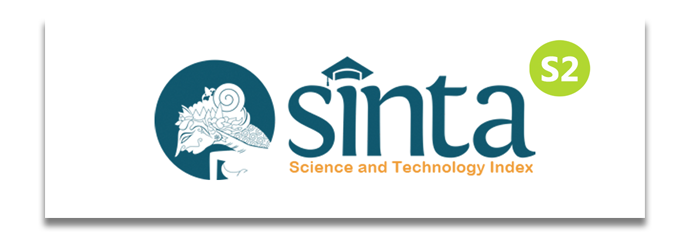Occupational Contact Dermatitis: Retrospective Study
Downloads
Background: Occupational skin disease is the second largest occupational disease in Europe after musculoskeletal injury.Most common occupational skin disease is contact dermatitis as many as 70-90%. Determining the cause of contact dermatitis in occupational environment is very important to avoid causing substances and to establish healing as well as reducing the recurrence rate. Purpose: To evaluate the management of new patients with occupational contact dermatitis in Allergy Immunology Division, Dermatology and Venerology outpatient clinic Dr. Soetomo General Hospital Surabaya in period of 2010-2012. Methods: Retrospective study of new patients with occupational contact dermatitis in Allergy Immunology Division during 2010-2012. Results: New patient of occupational contact dermatitis during the period of 2010-2012 were 50 new persons, predominantly occured in male in reproductive age (25-44 year old), irritant contact dermatitis (ICD) occured more frequent than allergic contact dermatitis (ACD). The majority of subjects were factory workers, with the most suspected ingredients was chemicals. About 21.7% patients underwent patch test. The therapy mostly given were antihistamines and topical steroids. There were 46% of patients who did not visit outpatient clinic again. Conclusions: New patients of occupational contact dermatitis in Allergy Immunology Division during the period of 2010-2012 were as many as 50 new patients. Patch test should be performed to establish the diagnosis and determine the cause of contact dermatitis materials.
Key words: occupational contact dermatitis, patch test, retrospective study.
- Copyright of the article is transferred to the journal, by the knowledge of the author, whilst the moral right of the publication belongs to the author.
- The legal formal aspect of journal publication accessibility refers to Creative Commons Atribusi-Non Commercial-Share alike (CC BY-NC-SA), (https://creativecommons.org/licenses/by-nc-sa/4.0/)
- The articles published in the journal are open access and can be used for non-commercial purposes. Other than the aims mentioned above, the editorial board is not responsible for copyright violation
The manuscript authentic and copyright statement submission can be downloaded ON THIS FORM.















